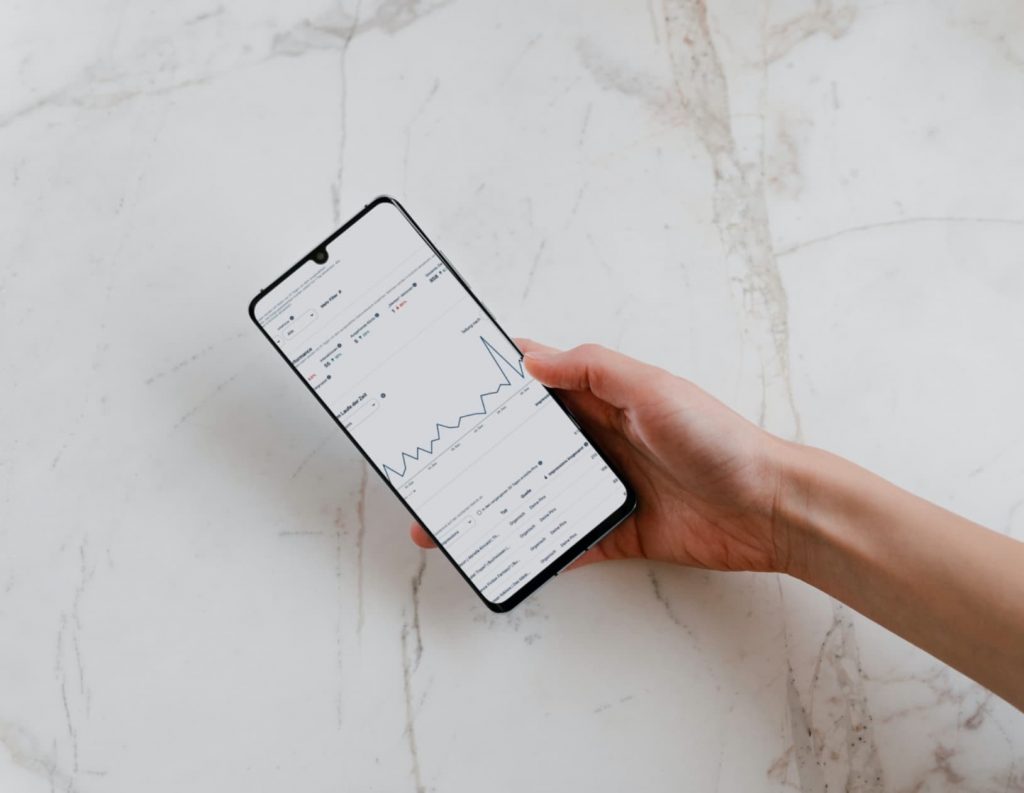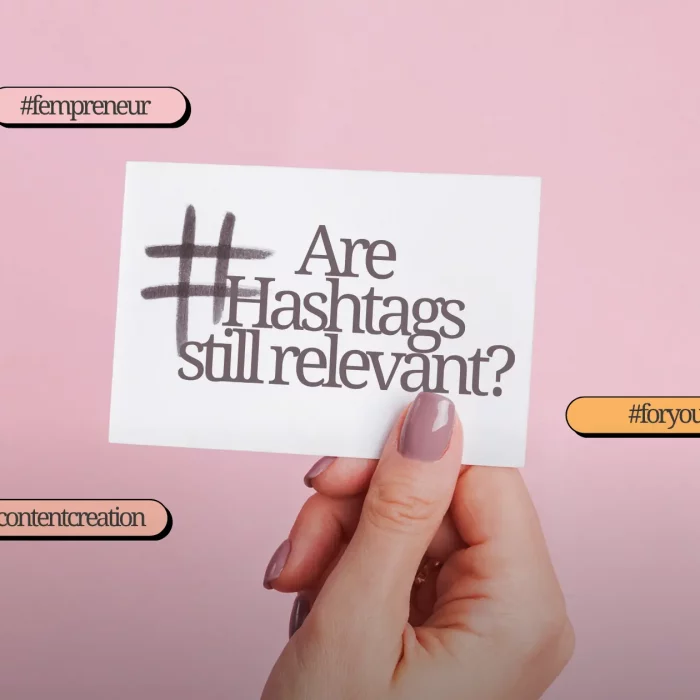
For many, a high follower count is considered the ultimate proof that their social media marketing is working. However, this number alone says very little. On some platforms, such as Pinterest, followers are even completely irrelevant. There are other metrics that are much better suited for measuring your marketing success. In this article, we take a closer look at which KPIs truly matter.
What are KPIs?
The success of marketing campaigns is often very subjective. For one person, gaining 20 new followers per month might already be a huge success, for another, it’s 100 new orders. Other aspects, like a company’s image, are difficult to measure in numbers. To create a common basis for evaluation, so-called Key Performance Indicators (KPIs) are used. These are specific metrics that you define beforehand as benchmarks for success. With these KPIs, you can measure the performance of your marketing activities.
Depending on your goal and the platform you use, different KPIs will be important to you.
If you run a YouTube channel, for example, what matters most is how many people click on your videos, how long they watch them, and how many watch all the way to the end. If you place an ad in a magazine, the number of distributed copies and the total readership are crucial. And if you publish a banner in a newsletter, it’s important to know the relationship between the number of newsletter subscribers and clicks to your website. All these metrics are KPIs. And all of these numbers help you understand what’s working, what’s not, and where you need to adjust or improve.
The 10 Most Important Social Media Metrics
That’s why it’s important to regularly check whether you’re tracking the right metrics. The goal of KPIs is not to collect hundreds of data points that you never look at, but rather to have key performance figures that provide a solid decision-making basis. Which numbers you look at is up to you. Here we share the 10 most important social media metrics you should track.
Reach and Impressions
One of the most important metrics in social media marketing is the reach of your posts and the number of impressions. Reach tells you how many unique users have seen your post. Impressions are usually higher since they indicate how often your post was displayed overall. This means that impressions also count people who saw your post multiple times.
Social Shares and Retweets
Content that is frequently shared by other users appears to be particularly relevant and resonates well with your audience. The higher this number, the better.
Number of Mentions / Share of Voice
How often you’re mentioned by other users on social media is also a metric worth keeping an eye on. It can help you estimate your overall profile reach, see what is being said about you and how, and whether you’re being talked about more (or differently) than your competitors. You calculate your Share of Voice (SoV) as follows:
SoV = Sum of your mentions ÷ Total mentions of all relevant competitors × 100
Followers / Subscribers
This number is no longer as important as it used to be, but it still provides an indication of how well-known and popular your profile is. However, you shouldn’t just look at your follower count, but also at how fast or slow your follower base is growing — or whether there are periods when you lose a lot of followers. It’s also worth checking how many of your followers actually match your target audience. Many fake followers or followers who aren’t relevant to your offering (for example, men if you sell women’s shoes) indicate that your content isn’t reaching your intended audience effectively.
SoV = Summe deiner eigenen Erwähnungen ÷ Summe der Erwähnungen aller relevanten Wettbewerber x 100
Number of Comments
A high number of comments can not only increase your reach but also provide an opportunity for direct dialogue with your target audience. In this context, also pay attention to the quality of the comments. Are real discussions and conversations developing, or do people only respond with a few emojis? The tone of the comments is also an important clue: how are people talking about you and with you?
Overall Engagement Rate
Another important metric is the engagement rate of your posts. This figure tells you how often your posts were shared, liked, and commented on in relation to your total number of followers. You calculate it as follows:
Sum of all interactions ÷ Total followers × 100
A high engagement rate can mean that your posts are very popular and that you have built a strong community. Low engagement suggests that your content might be irrelevant. By the way, profiles with fewer followers often have a higher engagement rate than large accounts.
Hook Rate
Impressions are counted as soon as a video appears in the feed. The hook rate tells you how many people actually watched your video for at least a few seconds. A good hook rate (or thumb-stop ratio) is around 25%. You calculate it as follows: Number of people who watched your video for at least 3 seconds ÷ Total impressions × 100 100
Social Media Return on Investment
If you invest money in your social media presence — for example in expensive productions, photo shoots, or ads — you should definitely track your Social Media Return on Investment (SROI). This metric tells you whether your activities are paying off by comparing your profit to your investment. In other words, it shows whether you’re making a loss because you’re getting too little in return for your expenses. You can quickly see if you need to adjust. The formula to calculate SROI is:
(Total profit – Total investment) ÷ Total investment
Ad Frequency
When you run ads, it’s possible that the same person sees your ad multiple times. This can help increase ad recall — but at some point, it becomes counterproductive, as ad fatigue can set in. This means that people might get annoyed by your ad or stop noticing it altogether. To avoid this, always monitor your ad frequency. This metric tells you how often, on average, a single person within your target audience has seen your ad.






